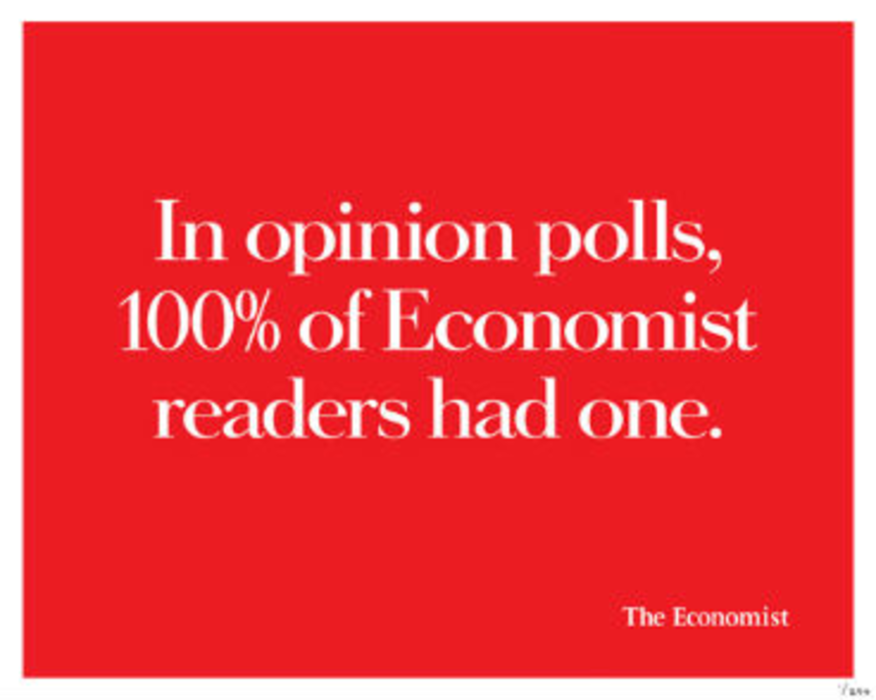You need to understand customers’ implicit and explicit needs, make their lives easier, solve a problem, and make them feel that they’re in the driver’s seat. That is the philosophy behind The Economist‘s approach to marketing. “Why understand customers?” Subrata Mukherjee, VP product management for the publication, asked during his session at Integrated Marketing Week. “It allows you to meet their needs, earn their loyalty, engage them and nurture the relationship, and help and encourage them to be advocates.”
Mukherjee shared insight from The Economist‘s strategy for using data to support customer-focused marketing, and how any marketer can do the same.
What you want to understand: Marketers need to know such information as who their customers are, who’s in their circle of trust, what they are and aren’t looking for, what they are and aren’t telling you, how much time they’re spending with you, and whether they respond to messages. “What can you infer from their behavior?” Mukherjee asked. Might they be high value, or are they customers you actually should avoid marketing to because, for example, they’re too price sensitive or aren’t profitable?
What can you do with the data: The data marketers gather in the process of understanding their customers is invaluable. They can use it to personalize such items as content consumption, contract terms, services, and products (e.g., subscription offer for The Economist). Additionally, marketers can use the data to send targeted communications via email, mobile push notifications, and ad targeting; they can even create a personal paywall or payment options. According to Mukherjee, initial tests show that targeted content, email, and mobile messaging are working especially well for The Economist.
“Data analysis allows us to define complicated segments,” he said. For example, the publication was able to better understand active users, who are now defined as visitors with five page views in the past week or 15 in the past month, who have commented more than three times in the month, who have hit the paywall at least five times in the past month, who are past subscribers who have lapsed in the past year, and who are socially active (e.g., read at least three articles that were shared via social in the past month). Having that data allows the publication’s marketers to define targeting rules; for instance, when a registered user who has opted in is also a past subscriber and has hit the paywall for the fifth time in a week, offer him a renewal offer, not a general acquisition offer.
What you need: Mukherjee recommended investing “in a good DMP,” and then feeding all of the company’s first-party customer data into it, adding second-party data to enhance it, and complementing that with relevant third-party data. He also suggested investing in tag management. Once the data is loaded into the DMP, marketers should use the data to build actionable segments within it. This includes reviewing data taxonomy, exploring new segments, and monitoring the size of segments.
Next is to establish a marketing ecosystem. Mukherjee advised connecting the DMP with partners such as personalization and email vendors, so they receive segment information directly from DMP. This will enhance a marketer’s ability to build multichannel campaigns and track campaign metrics, he said.
Remember to link off- and online data. “Try to target customers in a more digital- and online-centric way,” he said.
What will succeed: Test, target, and market; use A/B testing, learn from success and mistakes, and then repeat to create a cycle of improvement. “In the end, it’s all about testing,” Mukherjee said. “Some things will work and some won’t; based on that, you can focus on the campaigns that work.”







